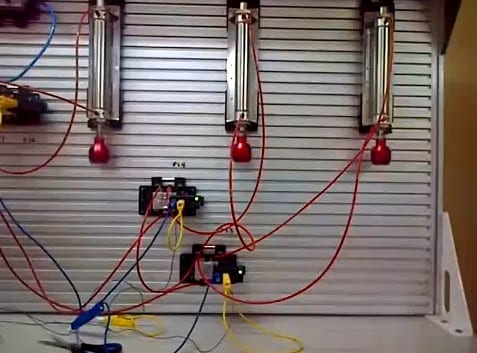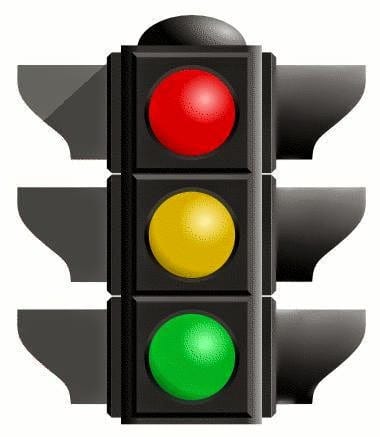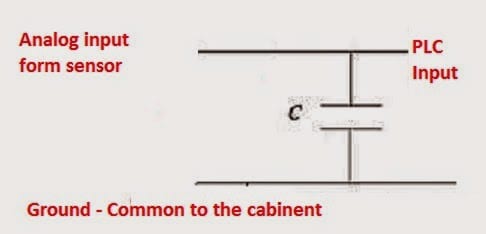Get Rid Of Surges That Are Destroying Your PLC Outputs
DC Solenoids are the worse culprits for electrical surges in your system. When the electrically generated field collapses, an opposite polarity voltage is generated. This voltage spike can be high enough to weld the contacts on a PLC output relay. To protect your PLC output relay, use a diode to ensure that the voltage spike … Read more






